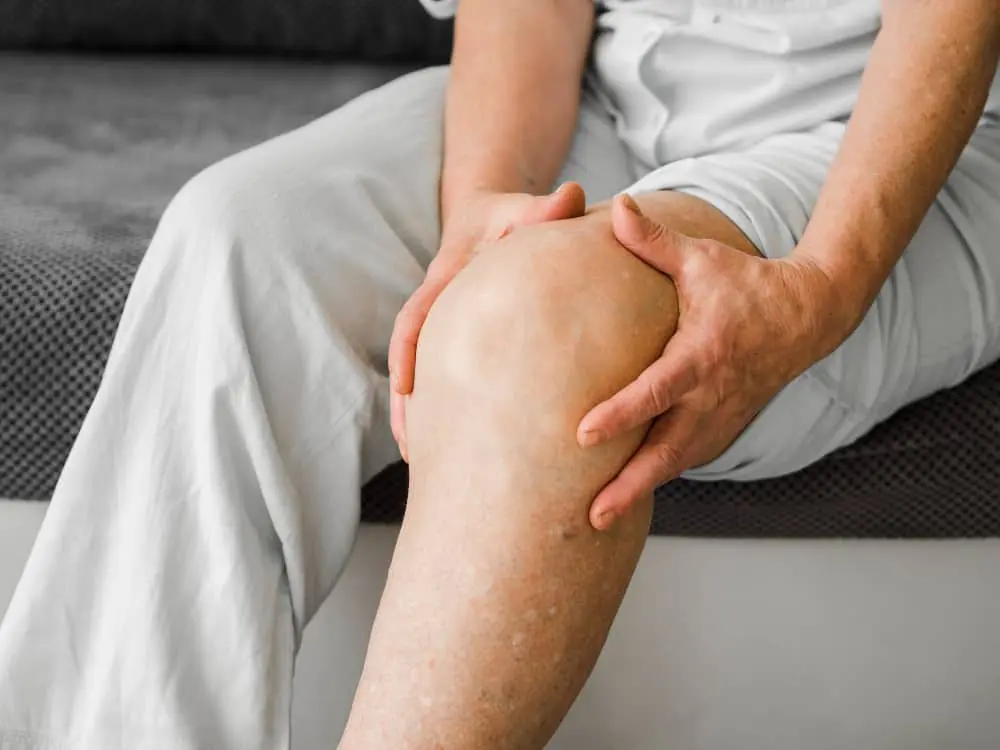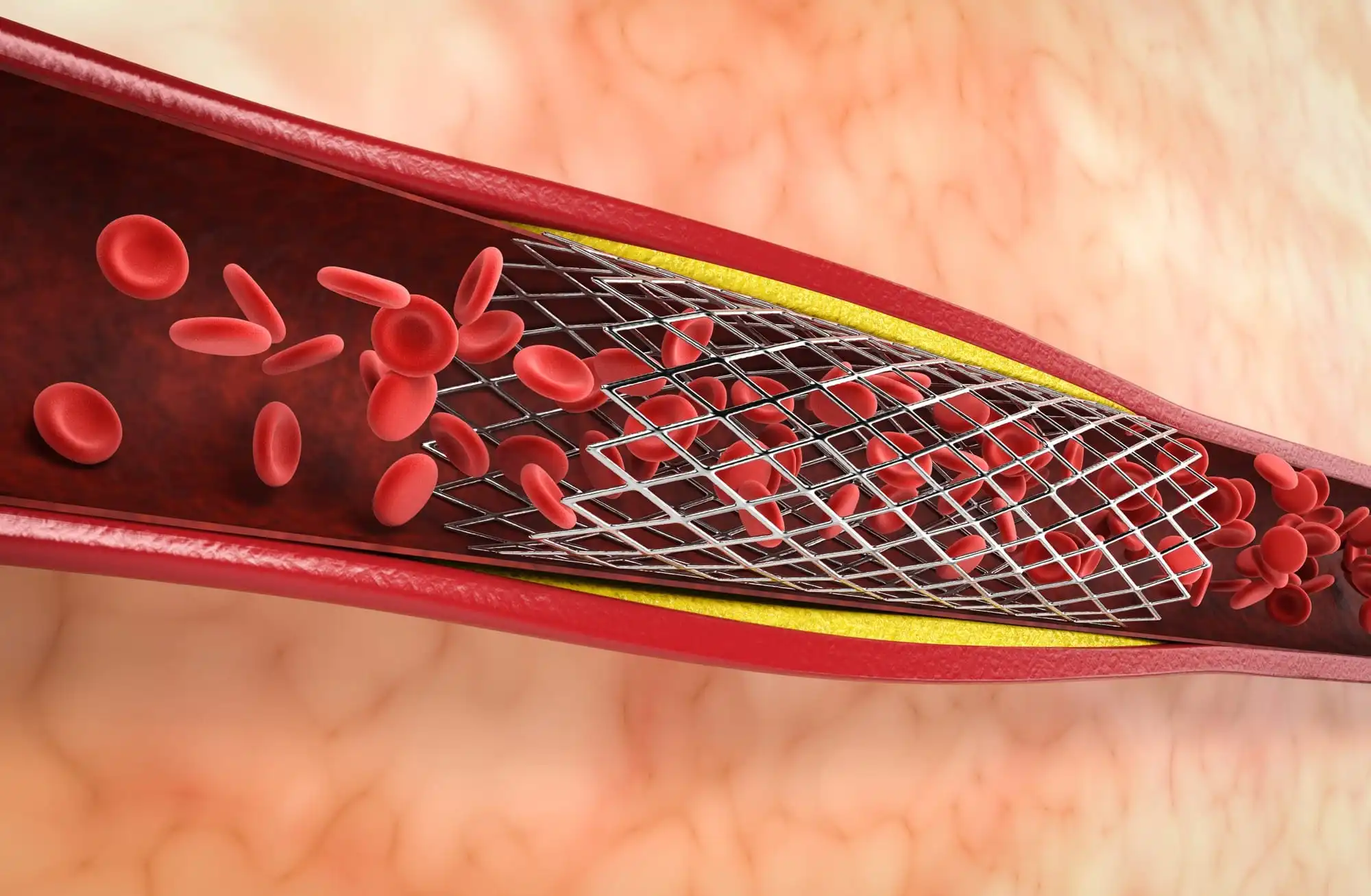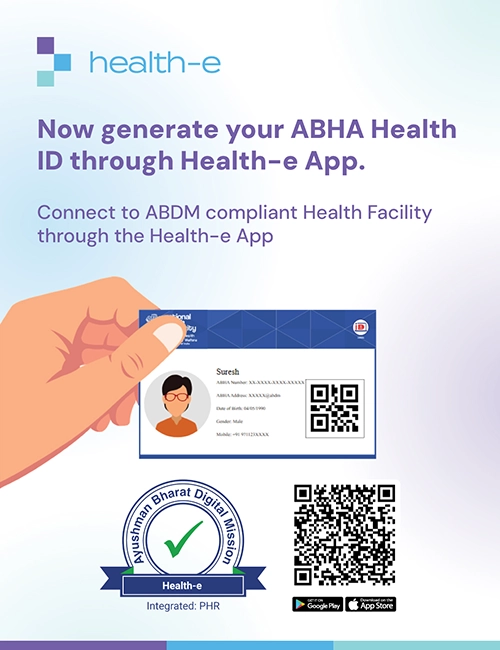When we hear the words “knee pain,” it’s common to associate it with a physical injury or wear and tear on the joint. However, gout is a lesser-known but significant contributor to knee pain that often goes unnoticed. Typically thought of as a condition affecting the big toe joint, gout can manifest in the knee joint as well, causing discomfort and even making it difficult to walk.
Gout is a type of arthritis that develops from a buildup of uric acid in the bloodstream, which then crystallizes in the joints, leading to inflammation and pain. In this blog, we’ll delve into what gout in the knee is, how it differs from other types of knee pain, and practical steps you can take to prevent it from occurring.
Can You Get Gout in Your Knee?
Yes, although gout is commonly associated with the big toe joint for about 56 to 78% of cases, it can actually occur in any joint in the body, including the foot, ankle, and knee in 13 to 46% of cases. This type of inflammatory arthritis is characterized by sudden and severe episodes of pain and swelling in the affected joint, known as gout attacks. Historically, gout was often thought to be a condition associated with overindulgence in alcohol and rich foods, earning it the reputation as the “disease of kings.”
However, recent research shows that it is the most common inflammatory arthropathy in men, affecting 1.4% of the general population. Interestingly, women are less likely to experience gout, and when they do, it is typically after menopause, as estrogen may play a protective role.
What Causes Gout in the Knee?
Gout is a type of inflammatory arthritis caused by high levels of uric acid in the blood. Uric acid is a natural waste product that forms when the body breaks down purines, which are organic compounds found in some protein-rich foods.
Normally, the kidneys filter out uric acid and maintain a healthy level in the bloodstream. However, if the kidneys are not functioning correctly or if the body produces too much uric acid, it can lead to hyperuricemia.
Excess uric acid may then leave the bloodstream and form microscopic crystals in soft tissues or joints. These crystals can accumulate around or in the joints due to lower temperatures in these areas.
When the immune system recognizes these crystals as foreign particles, it triggers an inflammatory response, resulting in pain, swelling, and redness in the affected joint, similar to that caused by an infection.
However, it is worth noting that not everyone with high uric acid levels will develop gout. Studies have shown that around 66% of people with hyperuricemia do not experience this condition.
What Factors Can Risk Gout in Knee?
- Genes and Family History Gout can run in families, and individuals who have a family history of the condition are more likely to develop it themselves. This is because certain genetic variations can make it harder for the body to eliminate uric acid, which can lead to the formation of uric acid crystals and subsequent gout attacks. Therefore, if you have a family member with gout, it is important to take preventative measures to reduce your risk of developing the condition, such as maintaining a healthy weight, avoiding alcohol, and limiting your intake of purine-rich foods.
- Medications There are certain medications that have been found to increase the risk of developing gout in knee. These include aspirin, cyclosporine, diuretics, beta-blockers, niacin, and certain chemotherapy drugs used to treat cancer or autoimmune conditions. Aspirin, for example, can interfere with the elimination of uric acid, leading to its accumulation in the bloodstream and the eventual formation of uric acid crystals. Cyclosporine, on the other hand, can affect the kidneys’ ability to eliminate uric acid, making it more likely to build up in the body. Diuretics and beta-blockers can also contribute to the development of gout by increasing the levels of uric acid in the blood. Therefore, if you are taking any of these medications and are concerned about your risk of developing gout, it is important to speak with your doctor and discuss potential preventative measures.
- Underlying Health Conditions Certain medical conditions have been linked to an increased risk of developing gout. For instance, Diabetes and metabolic syndrome can cause insulin resistance, leading to an increase in the production of uric acid. Kidney disease can also affect the body’s ability to excrete uric acid, resulting in its accumulation in the bloodstream. High blood pressure and high cholesterol can lead to the formation of uric acid crystals in the joints, while obesity can increase the production of uric acid. Finally, certain types of anaemia can increase the breakdown of red blood cells, resulting in an increase in the production of uric acid. If you have any of these conditions, it is important to work closely with your healthcare provider to manage your condition and reduce your risk of developing gout.
- Diet Diet can also play a role in the development of gout. Consuming foods high in purines, such as red meat, seafood, and alcohol, can increase the levels of uric acid in the body. Additionally, consuming foods and drinks high in fructose, such as soda and fruit juices, can also increase the risk of gout. It is recommended to limit the intake of these types of foods and drinks to reduce the risk of gout. On the other hand, consuming foods low in purines, such as vegetables, fruits, whole grains, and low-fat dairy products, can help lower the levels of uric acid in the body and reduce the risk of gout. Drinking plenty of water and staying hydrated is also important for flushing out excess uric acid from the body.
- Age and Sex Gout is more commonly found in males as compared to females, with males being three times more likely to develop the condition. Typically, gout develops in males between the ages of 30 to 45, while females tend to develop the condition later in life, usually between the ages of 55 to 70 after menopause. These demographic factors suggest that hormones may play a role in the development of gout, and individuals of all genders and ages need to be aware of their risk factors and take preventative measures to reduce their likelihood of developing the condition.
- Previous Injury Previous injury is another factor that can increase a person’s risk of developing gout. Injuries that damage a joint or cause bleeding within the joint can lead to the formation of uric acid crystals, which can eventually cause gout. Additionally, previous injuries that cause long-term joint damage or instability can contribute to the development of gout by making the joint more susceptible to inflammation and damage from uric acid crystals. Therefore, it is important to seek prompt medical attention for any joint injuries and to properly rehabilitate the joint to reduce the risk of gout in the future.
What Does Gout in the Knee Feel Like?
When gout affects the knee joint, it can cause a sudden onset of symptoms that can be quite severe. The knee may become hot, red, and swollen, and it can be extremely tender or painful to the touch. Movement of the knee may also be restricted due to the pain and inflammation.
These symptoms can develop rapidly, often appearing overnight or early in the morning, and can reach their peak intensity within the first 24 hours. If left untreated, gout in the knee can cause long-term joint damage and chronic pain. Therefore, it is essential to seek medical attention at the first sign of symptoms to obtain an accurate diagnosis and effective treatment plan.
What are the Common Symptoms of Knee Gout?
- Pain and Swelling When gout affects the knee joint, it often leads to rapid inflammation, causing the joint to become hot, swollen, and red. The affected knee may also be extremely tender, making it painful to touch or move. Symptoms can arise suddenly and tend to worsen within the first 24 hours, with some people experiencing their worst pain in the early morning.
- Night-Time Onset Symptoms of gout in the knee typically begin at night when the body’s temperature is lower. This can lead to sudden onset pain, swelling, redness, and warmth in the affected knee joint. The pain can be severe and may make it difficult to move or bear weight on the affected knee.
- Skin Changes In many cases of gout in the knee joint, the skin surrounding the affected area appears shiny and stretched. Additionally, small, hard nodules or lumps may develop under the skin, known as tophi. These tophi are usually painless but can cause discomfort and can even affect the appearance of the knee joint. Over time, tophi can lead to joint damage and deformities if left untreated.
- Reduced Function Gout affecting the knee joint can cause significant pain during weight-bearing activities like walking or climbing stairs. The pain can be severe and debilitating, making it difficult to perform daily activities that require locking and unlocking movement of the knee joint. Gout-related inflammation and swelling of the knee joint can also make the affected area tender to the touch, adding to the discomfort. If left untreated, gout knee can worsen over time, leading to joint damage and increased pain. Therefore, seeking medical attention and following a proper treatment plan is crucial in managing the symptoms of a gout knee.
Is Knee Pain Due to Gout — or Something Else?
Typically, the pain develops at night and persists for up to two weeks, with the most severe discomfort occurring within the first 24 hours. However, if left untreated, gout flares may recur and affect additional joints, including the knee.
While medical professionals cannot determine the exact cause of why gout flares are more prevalent at night, a 2015 study suggests that a decrease in body temperature during this time may increase the likelihood of uric acid crystallization.
It is important to note that there may be alternative causes for knee pain beyond a gout attack, despite the distinct pain associated with it.
- Pseudogout (Calcium Pyrophosphate Arthritis) The cause of your knee pain may be attributed to the accumulation of various crystal types, such as calcium pyrophosphate, which are responsible for the formation of calcium kidney stones. In order to identify whether the crystals present in your inflamed knee are uric acid or calcium pyrophosphate, medical professionals can examine the fluid within the joint.
- Septic Arthritis Infectious arthritis occurs when bacteria or fungi invade a joint, resulting in inflammation. This condition, commonly referred to as septic arthritis, typically affects larger joints such as the knee or hip. Prompt medical intervention is necessary for the treatment of septic arthritis, including drainage of the affected joint and the administration of intravenous antibiotics until the infection subsides.
- Cellulitis A bacterial skin infection can result in redness, inflammation, and painful swelling of the knee, which may resemble symptoms of gout in the knee. Testing for cellulitis necessitates a thorough evaluation of blood or the affected skin, rather than fluid extraction, as this method could potentially exacerbate the infection.
- Rheumatoid Arthritis Rheumatoid arthritis (RA), an autoimmune or inflammatory form of arthritis, can result in joint pain. In contrast to gout pain, RA pain is frequently bilateral, affecting the same joint on both sides of the body simultaneously. Additionally, RA is characterized by morning joint stiffness that tends to improve throughout the day. Although RA typically begins with small joints in the fingers and toes, it can also impact the knees.
- Psoriatic Arthritis Psoriatic arthritis (PsA) is a form of inflammatory arthritis that can lead to joint pain and inflammation in various parts of the body, including the knees. Similar to gout, PsA is associated with co-occurring health issues such as obesity, high blood pressure, and high blood sugar. However, PsA is typically accompanied by psoriasis, a skin condition characterized by rashes and scaly patches, as well as other symptoms like changes in the nails of the fingers and toes.
How to Treat Gout in Knee?
The primary goal of treating gout in the knee is to reduce the pain experienced by the patient. This can be achieved through a variety of methods including:
- Taking over-the-counter anti-inflammatory or pain medications like naproxen or ibuprofen.
- Prescription medications, such as indomethacin, corticosteroids, or colchicine, may also be used to manage symptoms and reduce pain.
- Applying ice packs to the affected knee for 20-minute intervals, several times a day, can also help alleviate discomfort.
- Elevating the knee above the level of the heart can also be helpful in reducing inflammation and pain.
- Resting the impacted knee and avoiding strenuous activity is another essential component of treatment during a flare-up.
- Staying hydrated and managing stress levels are also important factors to consider when managing gout flare-ups.
- Asking for help with daily tasks from friends or family members can also make the process of managing gout flare-ups less challenging.
- In some cases, doctors may prescribe medications like allopurinol, febuxostat, probenecid, or pegloticase to reduce uric acid levels and minimize the risk of future flare-ups.
Use a PHR App
Using a PHR (Personal Health Record) app can provide several benefits for individuals who are receiving treatment for gout. Some of the benefits include:
- Improved Medication Management: A PHR app can help individuals with gout to manage their medications more effectively. The app can send reminders for when to take medications, track medication usage, and provide information on potential side effects.
- Better Symptom Monitoring: Gout symptoms can be unpredictable, and a PHR app can help individuals track their symptoms and identify triggers that may exacerbate their condition. This information can be shared with healthcare providers, which can help them make better treatment decisions.
- Enhanced Communication with Healthcare Providers: A PHR app can facilitate communication between individuals with gout and their healthcare providers. The app can provide a secure messaging platform where individuals can ask questions, share concerns, and receive guidance from their healthcare team.
- Improved Lifestyle Management: Gout is often associated with lifestyle factors such as diet and exercise. A PHR app can help individuals track their diet and exercise habits and provide guidance on how to make positive lifestyle changes that may improve their condition.
Overall, using a PHR app in gout treatment can help individuals better manage their condition, improve communication with their healthcare providers, and make positive lifestyle changes that can improve their overall health.
FAQs
1. Who gets gout in the knee?
Gout is more common in men due to higher uric acid levels, but women can develop it after menopause. Genetic factors may play a role, and consuming high-purine foods or alcohol, being overweight, or having high blood pressure can increase your risk. Diuretics used to treat hypertension or heart failure may also raise your risk.
2. How long does gout in the knee last?
Gout flare-ups can last several hours or cause pain in the knee for days or weeks. It is a chronic condition that requires ongoing management with dietary changes and medications, but you may still experience flare-ups even with proper treatment. It may take time to find the right combination of diet changes and medication, so don’t be discouraged if improvement is not immediate.
3. Can it lead to any complications?
Untreated gout-related inflammation can cause permanent damage to the knee joint, especially with frequent flare-ups. Tophi, lumps of uric acid crystals, may also form around the knee over time, causing additional swelling and tenderness during flare-ups, although they themselves are not painful. Proper management of gout through diet and medication can prevent long-term damage.





